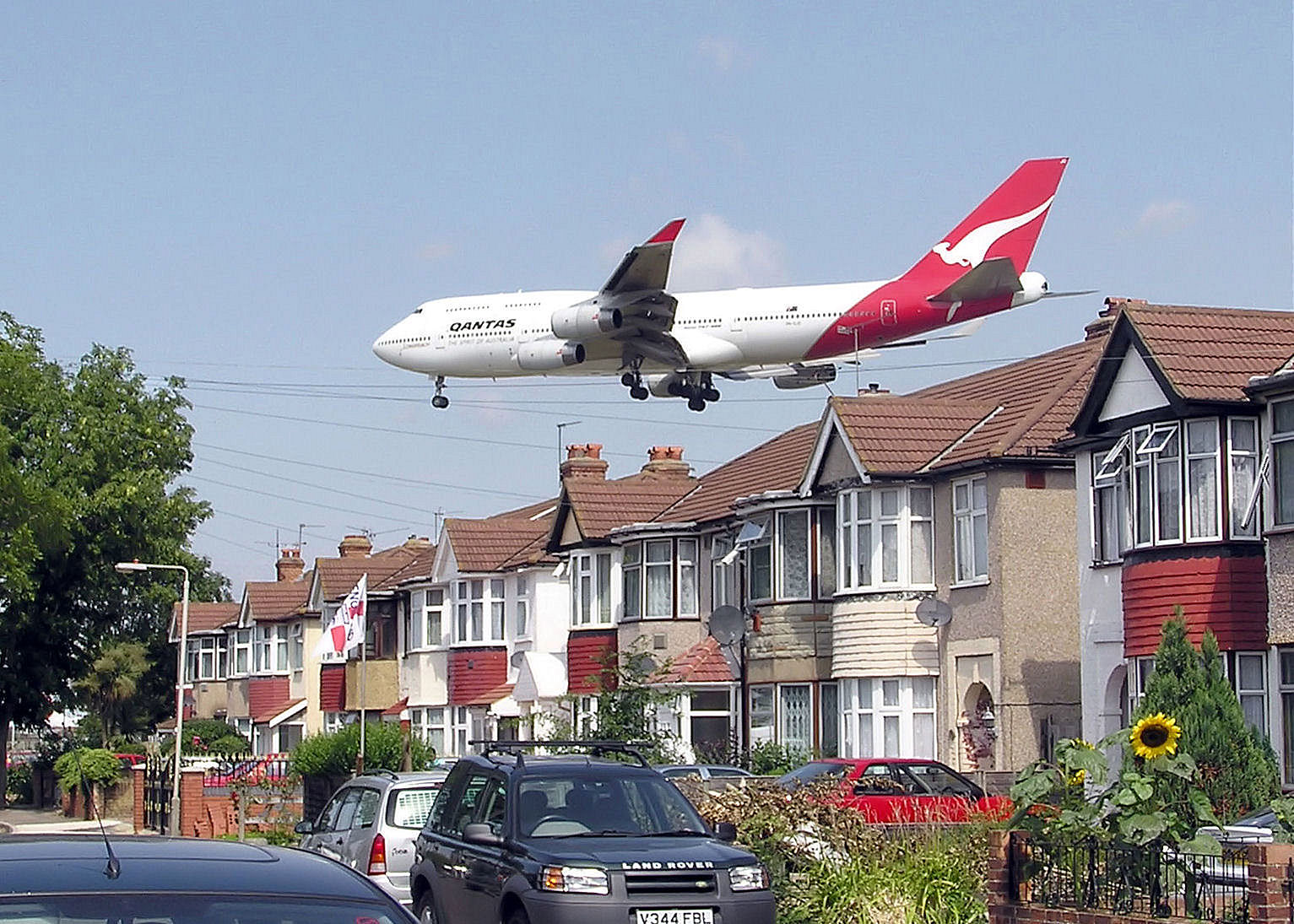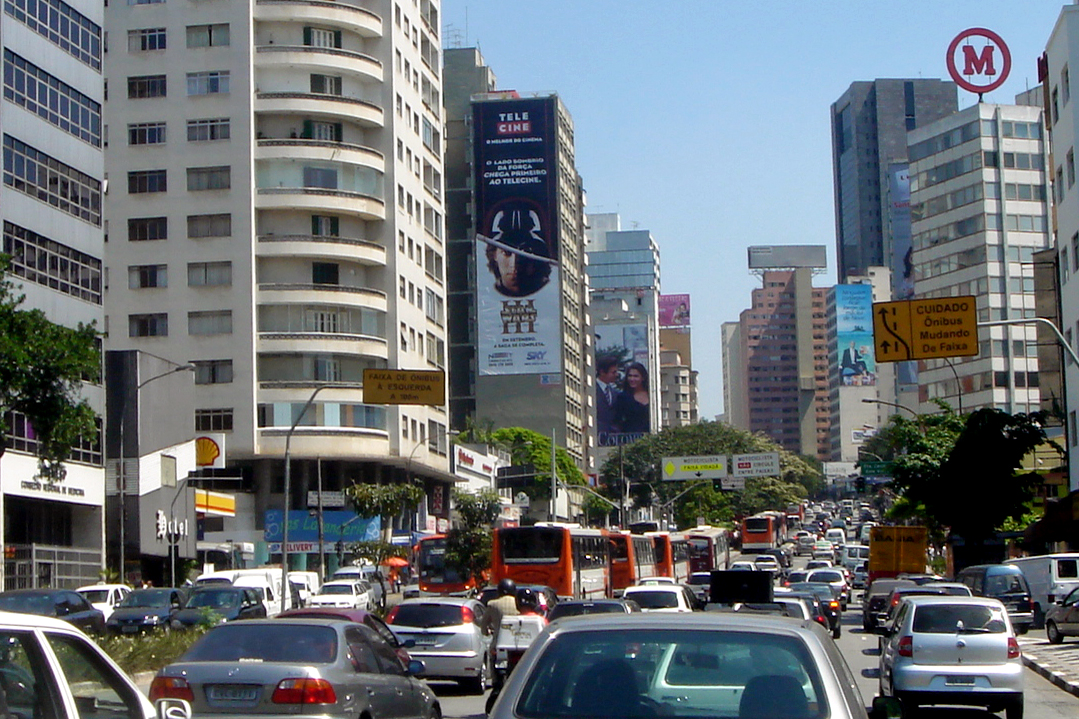|
Continuous Descent Approach
Continuous descent approach (CDA), also known as optimized profile descent (OPD), is a method by which aircraft approach airports prior to landing. It is designed to reduce fuel consumption and noise compared to other conventional descents. Instead of approaching an airport in a stairstep fashion, throttling down, and requesting permission to descend to each new (lower) altitude, CDA allows for a smooth, constant-angle descent to landing. A continuous descent approach starts from the top of descent, i.e., at cruise altitude, and allows the aircraft to fly its individual optimal vertical profile down to runway threshold. Some airports apply constraints to this individual optimal profile. United Kingdom The approach to London Heathrow Airport uses CDA, particularly at night, to minimize noise pollution. It is also used at Gatwick Airport Gatwick Airport (), also known as London Gatwick , is a major international airport near Crawley, West Sussex, England, south of Centr ... [...More Info...] [...Related Items...] OR: [Wikipedia] [Google] [Baidu] |
Final Approach (aeronautics)
In aeronautics, the final approach (also called the final leg and final approach leg) is the last leg in an aircraft's approach to landing, when the aircraft is lined up with the runway and descending for landing.Crane, Dale: ''Dictionary of Aeronautical Terms, third edition'', page 213 and 241. Aviation Supplies & Academics, 1997. In aviation radio terminology, it is often shortened to "final". In a standard airport landing pattern, which is usually used under visual meteorological conditions (VMC), aircraft turn from base leg to final within one-half to two miles of the airport. For instrument approaches, as well as approaches into a controlled airfield under visual flight rules (VFR), often a "straight-in" final approach is used, where all the other legs are dispensed with. Straight-in approaches are discouraged at non-towered airports in the United States. Approach slope An approach slope is the path that an airplane follows on its final approach to land on a runway. ... [...More Info...] [...Related Items...] OR: [Wikipedia] [Google] [Baidu] |
London Heathrow Airport
Heathrow Airport (), called ''London Airport'' until 1966 and now known as London Heathrow , is a major international airport in London, England. It is the largest of the six international airports in the London airport system (the others being Gatwick, City, Luton, Stansted and Southend). The airport facility is owned and operated by Heathrow Airport Holdings. In 2021, it was the seventh-busiest airport in the world by international passenger traffic and eighth-busiest in Europe by total passenger traffic. Heathrow was founded as a small airfield in 1929 but was developed into a much larger airport after World War II. The airport lies west of Central London on a site that covers . It was gradually expanded over seventy-five years and now has two parallel east-west runways, four operational passengers terminals and one cargo terminal. The airport is the primary hub for both British Airways and Virgin Atlantic. Location Heathrow is west of central London. It is l ... [...More Info...] [...Related Items...] OR: [Wikipedia] [Google] [Baidu] |
Noise Pollution
Noise pollution, also known as environmental noise or sound pollution, is the propagation of noise with ranging impacts on the activity of human or animal life, most of them are harmful to a degree. The source of outdoor noise worldwide is mainly caused by machines, transport, and propagation systems.Senate Public Works Committee. ''Noise Pollution and Abatement Act of 1972''. S. Rep. No. 1160, 92nd Congress. 2nd session Poor urban planning may give rise to noise disintegration or pollution, side-by-side industrial and residential buildings can result in noise pollution in the residential areas. Some of the main sources of noise in residential areas include loud music, transportation (traffic, rail, airplanes, etc.), lawn care maintenance, construction, electrical generators, wind turbines, explosions, and people. Documented problems associated with noise in urban environments go back as far as ancient Rome. Research suggests that noise pollution in the United States is the ... [...More Info...] [...Related Items...] OR: [Wikipedia] [Google] [Baidu] |
Gatwick Airport
Gatwick Airport (), also known as London Gatwick , is a major international airport near Crawley, West Sussex, England, south of Central London. In 2021, Gatwick was the third-busiest airport by total passenger traffic in the UK, after Heathrow and Stansted airports, and was the 36th-busiest in Europe by total passenger traffic. It covers a total area of . Gatwick opened as an aerodrome in the late 1920s; it has been in use for commercial flights since 1933. The airport has two terminals, the North Terminal and the South Terminal, which cover areas of and respectively. It operates as a single-runway airport, using a main runway with a length of . A secondary runway is available but, due to its proximity to the main runway, can only be used if the main runway is not in use. In 2018, 46.1 million passengers passed through the airport, a 1.1% increase compared with 2017. History The land on which Gatwick Airport stands was first developed as an aerodrome in th ... [...More Info...] [...Related Items...] OR: [Wikipedia] [Google] [Baidu] |



